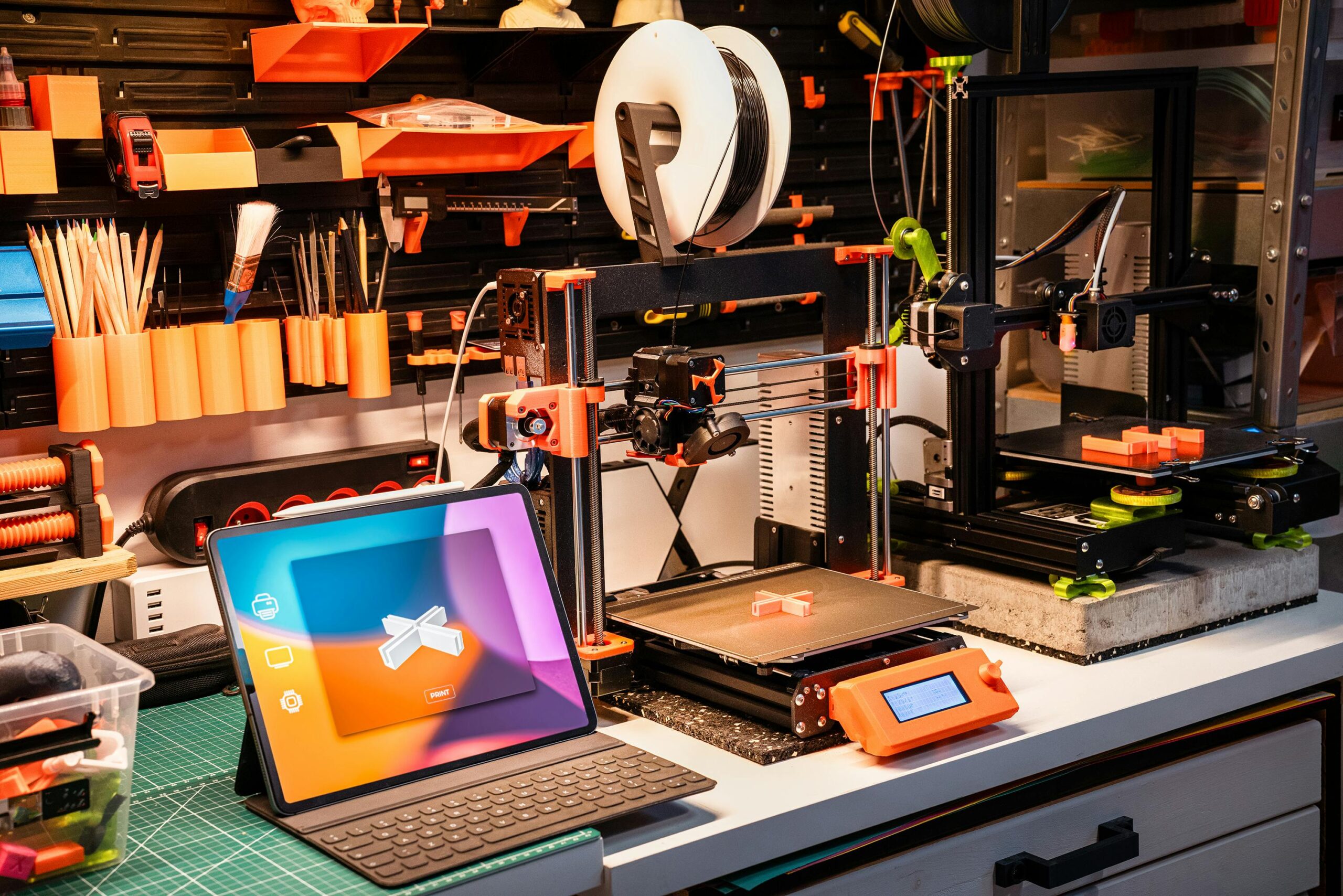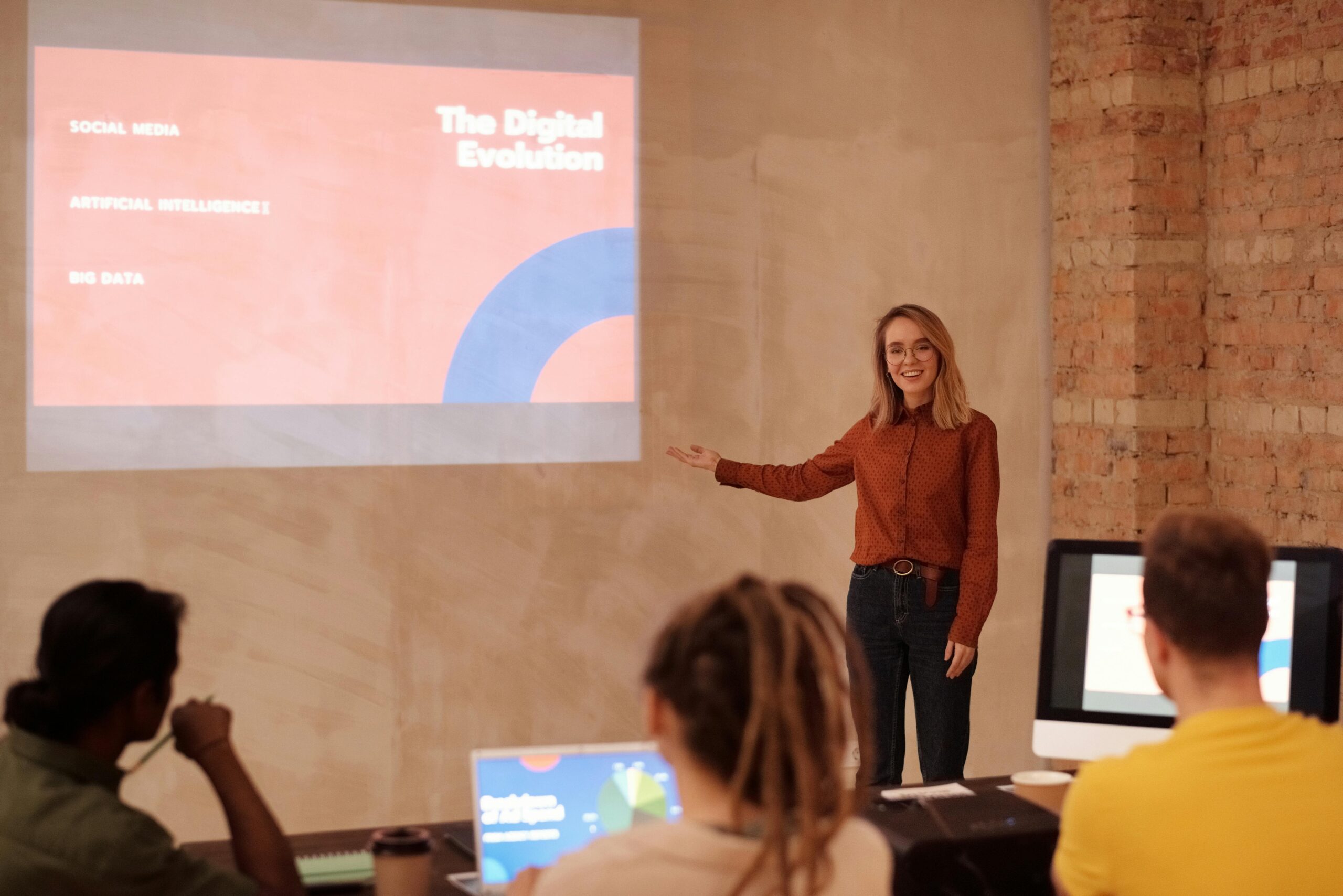Affective UI/UX prototyping transforms digital experiences by weaving emotional intelligence into design, creating interfaces that resonate deeply with users on psychological and behavioral levels.
🎨 Understanding Affective Design in Modern Digital Landscapes
The digital world has evolved far beyond simple functionality. Today’s users expect interfaces that not only work efficiently but also understand and respond to their emotional states. Affective UI/UX prototyping represents a paradigm shift in how designers approach user experience, integrating emotional intelligence directly into the design process from the earliest stages.
Affective design draws from psychology, neuroscience, and behavioral science to create interfaces that acknowledge human emotions as central to interaction. When prototyping with an affective approach, designers consider how colors, animations, micro-interactions, and feedback mechanisms influence user mood, confidence, and satisfaction. This methodology goes beyond traditional usability metrics to measure emotional engagement, stress levels, and overall user sentiment.
Research consistently demonstrates that emotional responses significantly impact user behavior. A study by the Norman Nielsen Group found that users form opinions about websites within 50 milliseconds, with emotional reactions playing a crucial role in these snap judgments. Affective prototyping allows designers to test and refine these emotional touchpoints before committing resources to full development.
🧠 The Psychology Behind Emotional Interface Design
Human-computer interaction occurs on multiple levels simultaneously. While users consciously process information and make decisions, their subconscious minds continuously evaluate emotional cues embedded within the interface. Colors evoke feelings, animations suggest personality, and response times communicate respect for user time.
Affective UI/UX prototyping leverages Don Norman’s three levels of design processing: visceral, behavioral, and reflective. The visceral level addresses immediate emotional impact through aesthetics. The behavioral level concerns usability and the pleasure of effective use. The reflective level involves the meaning users derive from the experience and how it affects their self-image.
Prototyping with these levels in mind allows designers to craft experiences that satisfy users on all psychological dimensions. A banking app prototype might use calming blues and smooth transitions at the visceral level, provide clear transaction confirmations at the behavioral level, and reinforce financial responsibility messaging at the reflective level.
Emotional States and Interface Response
Different user emotional states require different interface responses. An anxious user attempting a critical task needs reassurance through clear progress indicators and reversible actions. A frustrated user encountering errors benefits from empathetic messaging and obvious next steps. Joy and excitement can be amplified through celebratory animations and positive reinforcement.
Affective prototyping enables testing these emotional scenarios in controlled environments. Designers can simulate stressful situations, measure user responses through biometric feedback or self-reporting, and iterate on designs that provide appropriate emotional support.
🛠️ Methodologies for Affective Prototyping Excellence
Implementing affective UI/UX prototyping requires expanding traditional prototyping methods with emotion-focused techniques. Several approaches have proven particularly effective for capturing and refining emotional aspects of user experience.
Emotion Mapping and User Journey Integration
Before creating prototypes, designers should develop detailed emotion maps that chart anticipated user feelings throughout the experience. These maps identify critical emotional moments—points where user sentiment could shift dramatically based on interface response.
An e-commerce checkout process might include anxiety peaks when entering payment information, anticipation during order processing, and satisfaction upon confirmation. Prototypes can then specifically address each emotional moment with appropriate design interventions.
Biometric Testing with Interactive Prototypes
Advanced affective prototyping incorporates physiological measurement tools. Eye-tracking reveals what captures attention and what causes confusion. Galvanic skin response sensors detect stress and excitement. Facial expression analysis software interprets emotional reactions in real-time.
These biometric approaches provide objective data about emotional responses that users themselves might not consciously recognize. A prototype might appear functional in traditional testing but reveal hidden stress points through biometric analysis, prompting design refinements.
Affective Personas and Scenario Building
Traditional personas focus on demographics and goals. Affective personas add emotional characteristics, stress triggers, and satisfaction drivers. A persona might describe a time-pressured parent who experiences anxiety about security and values efficiency over exploration.
Scenarios built around affective personas guide prototype development toward emotionally intelligent solutions. Designers can ask, “How would this interface make our anxious parent feel?” and adjust accordingly.
💡 Design Elements That Drive Emotional Connection
Certain design elements consistently influence emotional response. Understanding and prototyping these elements with intentionality separates adequate interfaces from exceptional ones.
Color Psychology and Emotional Resonance
Colors trigger psychological and cultural associations that designers can leverage strategically. Warm colors like red and orange create energy and urgency, suitable for calls-to-action but potentially stressful in high-stakes environments. Cool colors like blue and green promote calm and trust, ideal for healthcare and financial applications.
Affective prototypes should test color schemes with target users, as cultural backgrounds significantly influence color interpretation. What signals prosperity in one culture might represent mourning in another.
Micro-interactions and Perceived Personality
Micro-interactions—small animated responses to user actions—communicate interface personality and build emotional connection. A button that subtly bounces when pressed feels playful. A form that gently shakes when incorrect information is entered provides correction without harsh judgment.
Prototyping micro-interactions allows designers to test whether these personality expressions align with brand values and user expectations. A legal services app might need restrained, professional micro-interactions, while a children’s learning app can embrace exuberant animations.
Typography and Emotional Tone
Typeface selection and text styling convey emotional tone before users read a single word. Serif fonts often communicate tradition and reliability. Sans-serif fonts suggest modernity and efficiency. Script fonts express elegance or creativity depending on execution.
Beyond typeface, line spacing, text size, and content hierarchy affect emotional comfort. Dense text blocks create cognitive load and potential frustration. Generous whitespace provides visual breathing room and reduces stress.
📊 Measuring Affective Success in Prototypes
Traditional metrics like task completion time and error rates remain important, but affective prototyping requires additional measurement dimensions focused on emotional outcomes.
Self-Reported Emotional Assessment
Post-interaction surveys can capture user emotional states using validated scales like the Self-Assessment Manikin (SAM) or the Positive and Negative Affect Schedule (PANAS). These instruments measure emotional valence (positive/negative) and arousal (calm/excited), providing quantifiable data about affective response.
More qualitative approaches include emotional word selection exercises where users choose adjectives describing their experience, or emotional timeline drawings where users sketch their emotional journey through the prototype.
Behavioral Indicators of Emotional State
User behavior often reveals emotional state. Rapid, erratic cursor movements suggest frustration or confusion. Prolonged hesitation before actions indicates uncertainty or anxiety. Smooth, confident interactions signal comfort and satisfaction.
Modern prototyping tools can capture and analyze these behavioral patterns, creating heat maps of user stress and confidence throughout the experience.
Comparative Affective Testing
A/B testing different affective approaches provides concrete data about emotional effectiveness. Two prototype versions might offer identical functionality but different emotional treatments—one using enthusiastic language and bright colors, another employing calm tones and subtle design.
Comparative testing reveals which emotional approach resonates most strongly with target users, informing design decisions with evidence rather than assumptions.
🚀 Implementing Affective Prototyping in Development Workflows
Integrating affective prototyping into existing design and development processes requires strategic planning and team alignment. Organizations that successfully adopt this approach typically follow several best practices.
Cross-Functional Emotional Intelligence Training
Affective design succeeds when entire teams understand emotional intelligence principles. Developers need to recognize how technical decisions impact emotional experience. Product managers must prioritize emotional outcomes alongside functional requirements. Stakeholders should evaluate success through both business metrics and user sentiment.
Workshops and training sessions can build shared emotional vocabulary and understanding across disciplines, ensuring everyone contributes to affective design goals.
Iterative Emotional Refinement Cycles
Affective prototyping works best as an iterative process. Early prototypes establish baseline emotional responses. Subsequent iterations test specific emotional interventions. Each cycle refines the emotional experience based on user feedback and behavioral data.
This approach mirrors traditional agile development but adds emotional satisfaction as a primary sprint goal alongside feature completion and bug fixes.
Documentation of Emotional Design Decisions
Teams should document why specific affective design choices were made, what emotional outcomes were intended, and how users actually responded. This documentation becomes institutional knowledge that improves future projects and prevents regression of emotional quality.
Design systems should include affective guidelines alongside technical specifications, explaining not just how to implement components but what emotional purposes they serve.
🌟 Real-World Success Stories in Affective Design
Organizations that invest in affective UI/UX prototyping consistently see measurable improvements in user satisfaction, engagement, and business outcomes.
Duolingo’s language learning platform exemplifies affective design excellence. Their interface celebrates small victories with enthusiastic animations and encouraging messages, reducing the frustration inherent in learning difficulties. User testing revealed that these emotional touches significantly increased daily engagement and long-term retention compared to more neutral interfaces.
Headspace, a meditation app, uses calming colors, gentle animations, and reassuring language throughout its interface. Affective prototyping helped them identify exactly which design elements promoted relaxation versus which accidentally created stress. Their emotionally intelligent design contributed to massive user growth and high satisfaction ratings.
Monzo, a digital banking platform, prototyped numerous approaches to handling sensitive financial moments. They discovered that immediate spending notifications combined with non-judgmental tone and helpful categorization reduced financial anxiety for users. Traditional banking apps that emphasized account warnings and punitive messaging created stress that drove users away.
🔮 Future Directions in Affective Interface Design
Emerging technologies promise to make affective prototyping even more sophisticated and personalized. Artificial intelligence and machine learning enable interfaces that adapt in real-time to individual user emotional states.
Emotion recognition AI can detect user frustration through typing patterns, voice tone, or facial expressions, triggering interface adjustments that provide additional support. A prototype might test whether this adaptive assistance improves outcomes or feels invasive.
Virtual and augmented reality introduce new dimensions for affective design. Spatial interfaces can use environment design, soundscapes, and embodied interactions to create powerful emotional experiences. Prototyping these immersive affective experiences requires new tools and methodologies.
Neurological research continues revealing how brain activity relates to interface interaction. Future prototyping might incorporate direct neural feedback, optimizing designs for cognitive comfort and emotional satisfaction at the most fundamental levels.
🎯 Balancing Emotional Design with Ethical Responsibility
While affective design creates powerful user experiences, it also raises ethical considerations. Designers must balance emotional engagement with user autonomy and wellbeing.
Dark patterns can exploit emotional responses to manipulate users into unwanted actions. Affective prototyping should test whether emotional design elements genuinely serve user interests or primarily benefit business goals at user expense. Ethical affective design empowers users and respects their emotional agency.
Privacy concerns arise when collecting emotional data. Users should understand what emotional information is gathered, how it’s used, and maintain control over this deeply personal data. Transparent communication about affective design intentions builds trust.
Accessibility considerations become especially important in affective design. Emotional cues that work for neurotypical users might overwhelm or confuse neurodivergent individuals. Inclusive affective prototyping tests emotional approaches across diverse user populations, ensuring designs serve everyone effectively.

✨ Transforming User Experience Through Emotional Intelligence
Affective UI/UX prototyping represents the maturation of user experience design from purely functional considerations to holistic human-centered approaches. By acknowledging and designing for the emotional reality of user interaction, designers create interfaces that feel intuitive, supportive, and genuinely delightful.
The investment in affective prototyping pays dividends through increased user satisfaction, higher engagement, stronger brand loyalty, and improved business outcomes. Users remember how interfaces made them feel long after they forget specific features or visual details.
As digital experiences become increasingly central to daily life, the emotional quality of these experiences matters more than ever. Affective prototyping provides the methodology and tools to craft interfaces that respect users as complete human beings with emotional needs, not just task-completing machines.
Organizations that embrace affective UI/UX prototyping position themselves at the forefront of user experience innovation, creating products that users don’t just use but genuinely love. The future of digital design is emotional, empathetic, and deeply human—and affective prototyping is the path to realizing that future.
Toni Santos is a digital culture researcher and emotional technology writer exploring how artificial intelligence, empathy, and design shape the future of human connection. Through his studies on emotional computing, digital wellbeing, and affective design, Toni examines how machines can become mirrors that reflect — and refine — our emotional intelligence. Passionate about ethical technology and the psychology of connection, Toni focuses on how mindful design can nurture presence, compassion, and balance in the digital age. His work highlights how emotional awareness can coexist with innovation, guiding a future where human sensitivity defines progress. Blending cognitive science, human–computer interaction, and contemplative psychology, Toni writes about the emotional layers of digital life — helping readers understand how technology can feel, listen, and heal. His work is a tribute to: The emotional dimension of technological design The balance between innovation and human sensitivity The vision of AI as a partner in empathy and wellbeing Whether you are a designer, technologist, or conscious creator, Toni Santos invites you to explore the new frontier of emotional intelligence — where technology learns to care.




